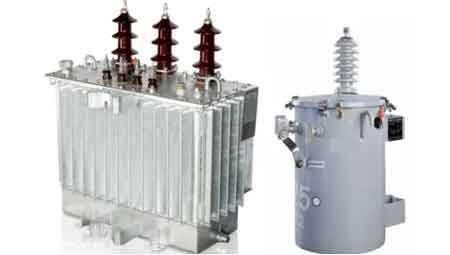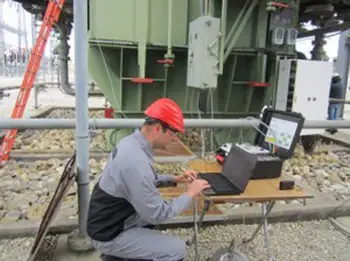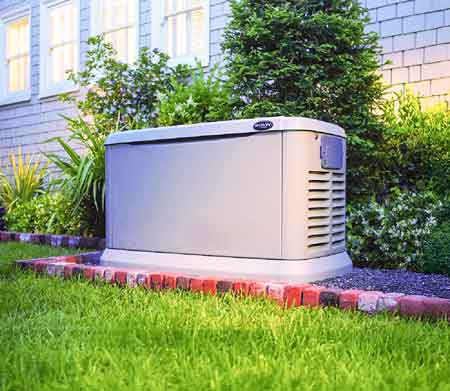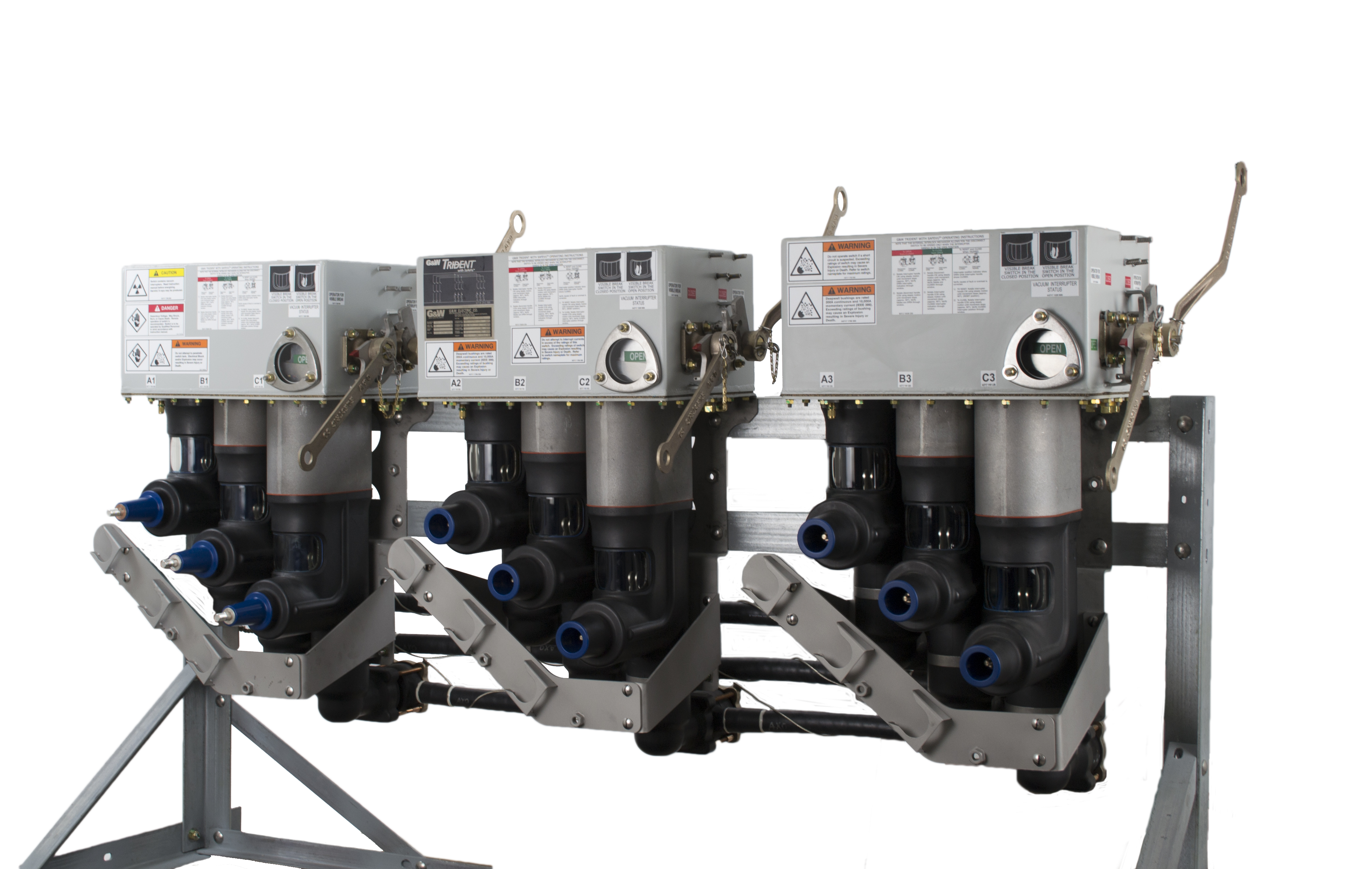Single Phase Power Transformer

Substation Maintenance Training
Our customized live online or in‑person group training can be delivered to your staff at your location.

- Live Online
- 12 hours Instructor-led
- Group Training Available
Download Our OSHA 4475 Fact Sheet – Being Aware of Arc Flash Hazards

- Identify root causes of arc flash incidents and contributing conditions
- Apply prevention strategies including LOTO, PPE, and testing protocols
- Understand OSHA requirements for training and equipment maintenance
A single phase power transformer changes alternating current voltage for reliable use in homes, offices, businesses, and the light industry. It delivers safe operation, equipment protection, energy efficiency, and dependable performance in industrial and utility distribution systems.
What is a Single Phase Power Transformer?
A single phase power transformer is an electrical device that steps voltage up or down in AC systems, supporting residential, commercial, and light industrial applications.
✅ Provides voltage conversion for alternating current circuits
✅ Ensures safe energy distribution and equipment protection
✅ Supports residential, commercial, and industrial power needs
Electrical Transformer Maintenance Training
Substation Maintenance Training
Request a Free Training Quotation
KVA Rating and Power Factor in Transformer Selection
One of the key parameters to consider when selecting a Single Phase Power Transformer is its KVA rating. This rating represents the apparent power that the unit can handle and is crucial for ensuring it meets the load’s demands. For instance, when sizing for household appliances, one must consider the KVA requirements of each appliance to avoid overloading the unit.
It is important to note that KVA differs from wattage, which represents the actual power consumed by the load. The relationship between KVA and wattage is influenced by the power factor (PF), which measures how effectively the load utilizes the supplied energy. A low PF can result in higher energy bills, highlighting the importance of PF correction techniques. For an in-depth explanation of the function, see our article on How Do Transformers Work
Types and Connection Methods of Single Phase Transformers
Single phase power transformers are built in several types to suit different applications. Oil-filled units utilize insulating oil for both cooling and insulation, making them ideal for utility and industrial systems. In contrast, dry-type units rely on air cooling and are commonly used indoors, where fire safety is a critical concern. Mounting styles also vary: pad-mounted types are installed on the ground in protective enclosures for distribution networks, whereas pole-mounted types are widely used to deliver electricity to residential and rural areas.
Electricity Today T&D Magazine Subscribe for FREE

- Timely insights from industry experts
- Practical solutions T&D engineers
- Free access to every issue
In terms of construction, units are generally classified as core-type or shell-type, depending on how the windings are arranged around the magnetic core. Another variant is the autotransformer, which uses a single winding for both primary and secondary functions. These units are more compact and efficient but provide less isolation than conventional two-winding units.
Single phase power transformer connection methods also play an important role in system design. Series connections can be used to increase voltage capacity, while parallel connections allow for greater current handling and load sharing between transformers. By selecting the right type and connection method, engineers can optimize performance for safety, efficiency, and specific operational needs. Learn more about how energy is stepped up or down in our guide to Electrical Power Transformers – Definition and Types.
Single Phase vs Three Phase Transformers
While single phase power transformers are widely used in residential, commercial, and light industrial applications, they differ significantly from three-phase units, which are standard in large-scale electrical systems. A single phase transformer has just two windings — primary and secondary — and is best suited for lower loads and simpler distribution networks. In contrast, a three-phase unit utilizes three interconnected windings, offering greater efficiency, smoother energy delivery, and the ability to handle significantly higher loads.
Single phase power transformers are generally more compact, cost-effective, and easier to install, making them ideal for homes, small businesses, and equipment that does not require large amounts of electricity. Three-phase systems, however, dominate in manufacturing, heavy industry, and utility-scale distribution because they reduce conductor size, minimize losses, and support high-voltage machinery.
Choosing between the two depends on the application: single phase transformers remain essential for everyday distribution and specialized uses, while three-phase units form the backbone of modern electrical grids and industrial operations.
How Electromagnetic Induction Enables Voltage Conversion
A single phase power transformer operates on the principle of electromagnetic induction. A changing magnetic flux in the primary winding induces an electromotive force (EMF) in the secondary winding. This process allows for the efficient and safe transfer of electricity between circuits with different voltage levels, ensuring compatibility across applications.
The Role of Isolation Transformers in Safety
An isolation type, a specific type of single phase power transformer, plays a crucial role in preventing electrical hazards. By electrically isolating the primary and secondary windings, it protects sensitive electronic equipment and medical devices from voltage fluctuations and ground faults.
This design also prevents electric shocks in environments with high humidity or conductive surfaces. Understanding how to test an isolation unit for proper functionality is essential to ensure its effectiveness in safety-critical applications.
Voltage Regulation Methods in a Single Phase Transformer
Voltage regulation is another critical aspect of performance. Fluctuations in supply voltage can negatively impact the lifespan and reliability of electrical appliances. A unit with strong voltage regulation capabilities helps stabilize supply and protect connected equipment.
This is achieved through several methods, including tap changers that adjust the number of winding turns, or electronic regulators that automatically balance fluctuations. Each method has advantages and is selected based on the application. If you want to explore construction details, visit our resource on the Construction of Transformer, which covers windings, cores, and insulation.
Improving Efficiency and Reducing Losses
Efficiency is an essential consideration in design and operation. Single phase power transformer losses can result in wasted energy and increased operating costs.
Sign Up for Electricity Forum’s Electrical Transformers Newsletter
Stay informed with our FREE Electrical Transformers Newsletter — get the latest news, breakthrough technologies, and expert insights, delivered straight to your inbox.
-
Core losses arise from hysteresis and eddy currents in the magnetic core.
-
Copper losses occur due to the resistance of the primary and secondary windings.
Minimizing these losses through careful material selection, improved core design, and effective cooling can significantly improve overall efficiency. Operating closer to rated loads also enhances performance. For insights into maintenance and testing, check our guide on Power Transformers Health Check.
Applications in Commercial, and Renewable Systems
A Single phase power transformer is versatile and widely used across different environments.
-
Commercial uses: Serving offices, retail outlets, and schools where three-phase electricity is not required.
-
Utility distribution: Commonly found in pole-mounted types that provide reliable electricity to neighborhoods.
-
Renewable energy systems: Converting variable voltage from solar panels and wind turbines into stable grid-ready eletrical energy.
-
Specialized uses: Protecting sensitive medical equipment, laboratory instruments, and electronic devices that require stable voltage and isolation.
This wide range of applications highlights the adaptability of a single phase transformer to meet diverse energy needs.
Frequently Asked Questions
Why is KVA rating important for a single phase power transformer?
The KVA rating measures the apparent power capacity, ensuring it can safely handle the connected load. Selecting the right KVA prevents overheating, overloading, and equipment damage while ensuring the device operates efficiently and reliably.
How does a single phase power transformer regulate voltage?
Voltage regulation is the ability of the unit to maintain a steady output even when input voltage or load conditions change. This is achieved through tap changers or electronic regulators, both of which help safeguard equipment by providing a stable supply.
What factors affect the efficiency of a single phase power transformer?
Efficiency is influenced by several factors, including core losses from hysteresis and eddy currents, copper losses in the windings, and the overall load level. High temperatures can also reduce efficiency by increasing resistance. Minimizing these losses improves performance and lowers operating costs.
Single phase power transformers remain essential for safe and efficient electrical distribution. By understanding KVA ratings, regulation, isolation, and efficiency, professionals can choose and maintain the right units for residential, commercial, utility, and renewable applications.
Related Articles
-
Learn more in our Utility Transformers Channel
-
See additional resources in the Industrial Transformers Channel












